The Importance of Fieldwork: Best Practices and Innovative Methods in Fisheries Biology
Introduction: Fieldwork is a cornerstone of fisheries biology, offering invaluable insights that cannot be obtained through theoretical studies alone. It allows biologists to directly interact with aquatic environments, collect real-time data, and observe the intricate behaviors and conditions of aquatic life. In this blog post, we’ll explore the significance of fieldwork, highlight best practices, and introduce some innovative methods that are transforming the way fisheries biologists conduct their research.
Why Fieldwork Matters: Fieldwork is essential for several reasons:
- Direct Observation: It provides direct exposure to fish populations and their habitats, allowing for accurate observations and data collection.
- Real-Time Data: Fieldwork enables the collection of real-time data, crucial for effective management and conservation efforts.
- Ecological Impact: It helps biologists understand the ecological impacts of human activities on aquatic environments.
Best Practices in Fieldwork: To maximize the effectiveness of fieldwork, fisheries biologists should adhere to the following best practices:
- Thorough Planning: Every field session should be well-planned with clear objectives, necessary equipment, and backup plans for unforeseen circumstances.
- Data Accuracy: Ensure all data collected are accurate and systematically recorded. Use standardized measurement tools and techniques to reduce errors.
- Safety First: Prioritize safety by following proper protocols, using appropriate gear, and being aware of environmental conditions.
- Ethical Considerations: Respect wildlife and their habitats. Minimize disturbances and handle all specimens ethically.
- Collaborative Efforts: Engage with local communities and other researchers to gather diverse insights and share knowledge.
- Thorough Record-Keeping: Maintain detailed records, including notes, photographs, and digital data. This documentation is crucial for longitudinal studies and can provide evidence for scientific findings. Photos are particularly valuable for visualizing changes over time, verifying field conditions, and supporting data collected.
Innovative Methods in Fieldwork: Advancements in technology have introduced several innovative methods that are enhancing fieldwork in fisheries biology:
- Drones and Aerial Surveillance: Drones are being used to monitor large aquatic areas, track fish movements, and assess habitat conditions without the need for physical entry.
- PIT Tags: Passive Integrated Transponder (PIT) tags are crucial for tracking individual fish across their lifespans. These tiny electronic devices are implanted into fish, allowing researchers to monitor their movements and population dynamics with minimal stress to the animals. This method is invaluable for studying migration patterns, survival rates, and habitat use.
- Digital Data Tracking Devices: Integrating fish measuring boards with scales, PIT tag readers, cameras, and other measurement tools connected to databases enhances the longevity and accessibility of information. This setup allows for seamless data capture and management, enabling researchers to decipher and analyze data across multiple platforms efficiently.
- Remote Sensing Technologies: These tools help in mapping underwater habitats and can detect changes in water quality and vegetation over time.
- Automated Recording Devices: Devices such as underwater cameras and acoustic recorders can continuously monitor aquatic environments, providing a wealth of data without constant human presence.
Conclusion: Fieldwork remains an indispensable part of fisheries biology, providing essential data that inform conservation and management decisions. By integrating traditional methods with innovative technologies, and emphasizing thorough record-keeping, fisheries biologists can enhance the scope and accuracy of their research, ultimately contributing to more sustainable fisheries and healthier aquatic ecosystems.

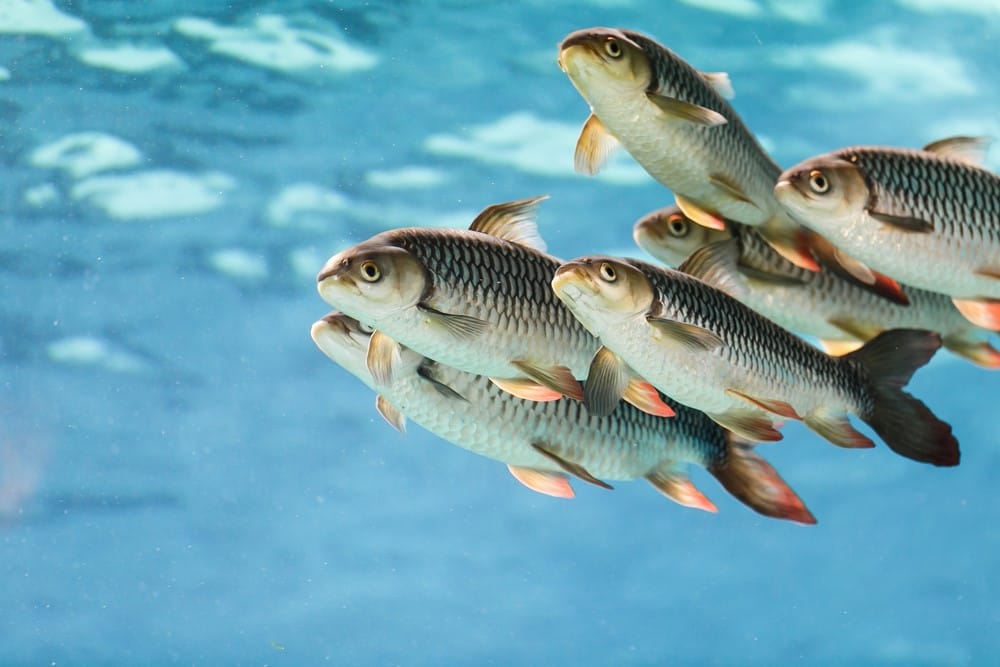


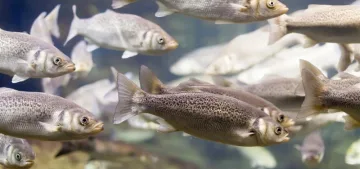

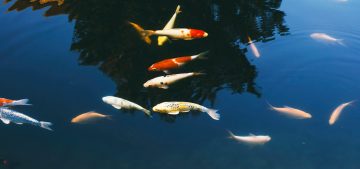
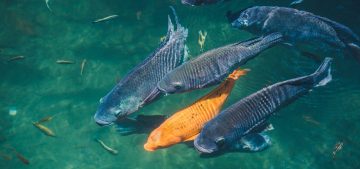
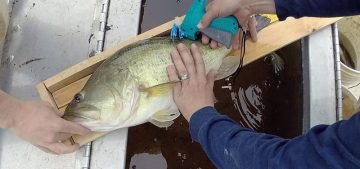
Add comment